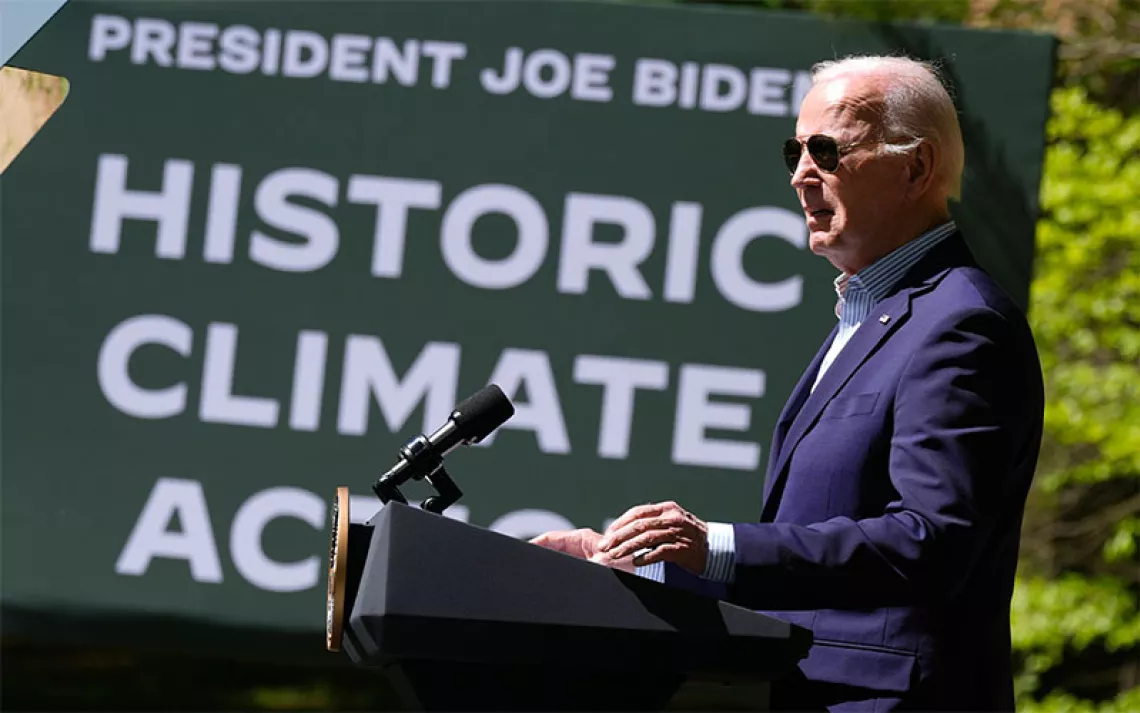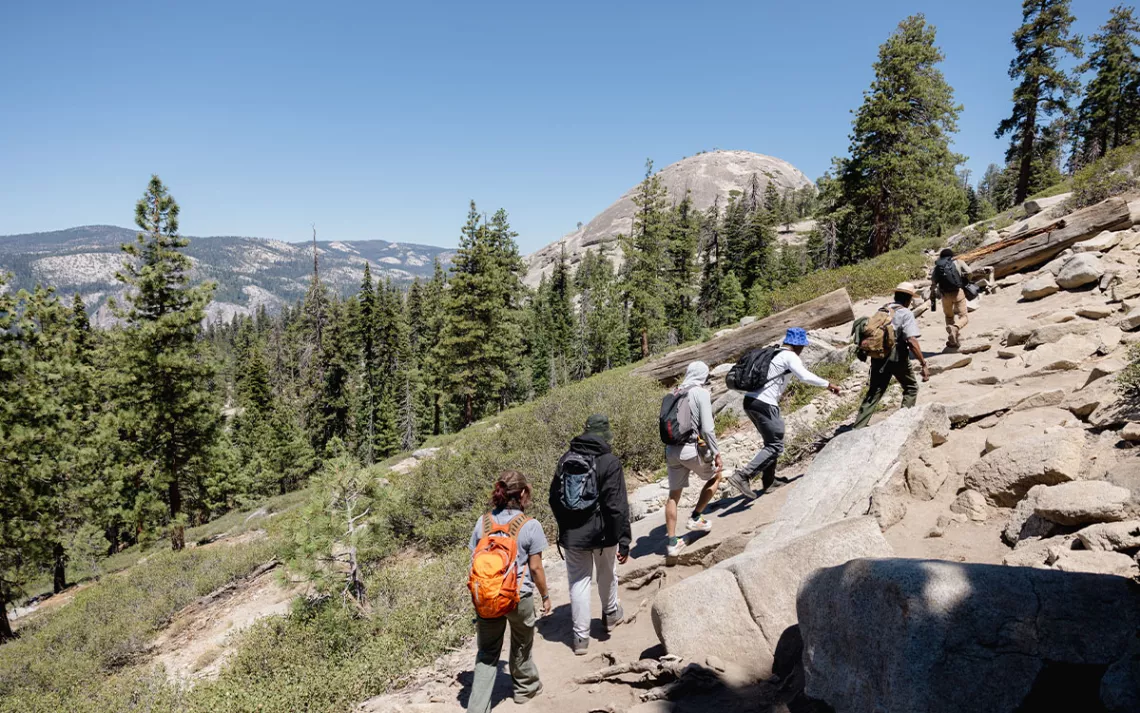5 Big Takeaways of the Lands Conservation Bill Congress Passed
It turns out there’s one thing that still brings us together

Photo by Imel9000/iStock
On Tuesday, the House of Representatives passed the Natural Resources Management Act, the lands conservation bill that combines more than 100 pieces of legislation protecting 3-million-plus acres of land. The bill, which the Senate overwhelmingly passed two weeks ago, also classifies hundreds of miles of US rivers as wild, scenic, or recreational, and creates three new national monuments.
The act is the culmination of four years of effort and a rare example of broad bipartisan deal-making. For environmentalists, and anyone who cares about public land, there’s a lot to be excited about.
Here are five big takeaways:
1) 724,628 acres of wilderness in southern Utah are now protected.
The act protects a small but significant chunk of the iconic southern Utah landscape that environmentalists have been trying for decades to preserve—namely, through America’s Red Rock Wilderness Act, a sweeping lands protection bill that was first introduced in 1989 and has yet to garner enough bipartisan support to come to a vote. Why were environmentalists finally able to make some headway in the decades-long effort to preserve Utah’s public lands? According to Sierra Club’s Lands Protection Program director Athan Manuel, there’s been a perceptible shift in how Westerners think about these areas. Even development-happy Republicans are starting to recognize that tourism and outdoor recreation are massive economic drivers, especially for rural communities. “Federal lands generate a ton of money, a ton of jobs, a ton of tax revenue,” Manuel says. “You can’t just scoff and say that they are never going to replace mining and logging. They have in a lot of places.”
2) The Land and Water Conservation Fund has been permanently reauthorized.
The Land and Water Conservation Fund may be the most important federal conservation program that you’ve never heard of. Established in 1964, it uses fees from offshore drilling to pay for onshore conservation programs. Since expiring in 2014, it’s been temporarily funded every few years. Last September, it expired again and was still waiting to be renewed. The popular bipartisan program has helped to preserve and protect outdoor spaces in all 50 states, allocating funds for everything from the park where your kid plays soccer to remote, untrammeled wilderness. But like so much else in Washington these days, it had gotten tangled up in the wheels of political dysfunction. “It’s pretty weird that a program that’s so bipartisan had to hitch itself to this massive package in order to get renewed, but that’s just how the politics work on the House side,” Manuel says.
3) The Every Kid Outdoors program is locked in for the next seven years.
This program provides fourth graders and their families with free national park passes that they can use to visit any federally managed public land. It has also leveraged private funding to support transportation costs for children from Title 1 schools across the United States. In its first two years, the-hard-not-to-like program reached over 2 million fourth graders, but the US Department of Interior threatened to cancel it twice under former secretary Ryan Zinke. Now the program is secure from political machinations, at least for the foreseeable future.
4) A new national monument is established to honor civil rights leader Medgar Evers.
Medgar Evers was an African American civil rights activist in Mississippi who worked tirelessly to end segregation and champion voting rights. In 1963, the World War II veteran (he fought in the battle of Normandy) was assassinated in his own driveway by a white supremacist. His home has been preserved, and the Obama administration designated it a national historic landmark. Now, it graduates to national monument status, ensuring that one of the country’s civil rights heroes will not be forgotten.
5) Yellowstone National Park gets an ecological buffer.
The Yellowstone Gateway Mineral Withdrawal will prevent areas in Montana that are adjacent to Yellowstone National Park from being mined. One goal, Manuel explains, has always been to build buffer zones that keep ecosystems intact outside national parks. “This one was popular with hunters who didn’t want to see Forest Service land turned into a mine, and with environmentalists who wanted to keep land open for the public to enjoy,” he says. Republicans who don’t normally support land conservation got engaged because of the hunters. “It’s another bipartisan deal with strange bedfellows, but we’ll take it because we are protecting public lands.”
 The Magazine of The Sierra Club
The Magazine of The Sierra Club



